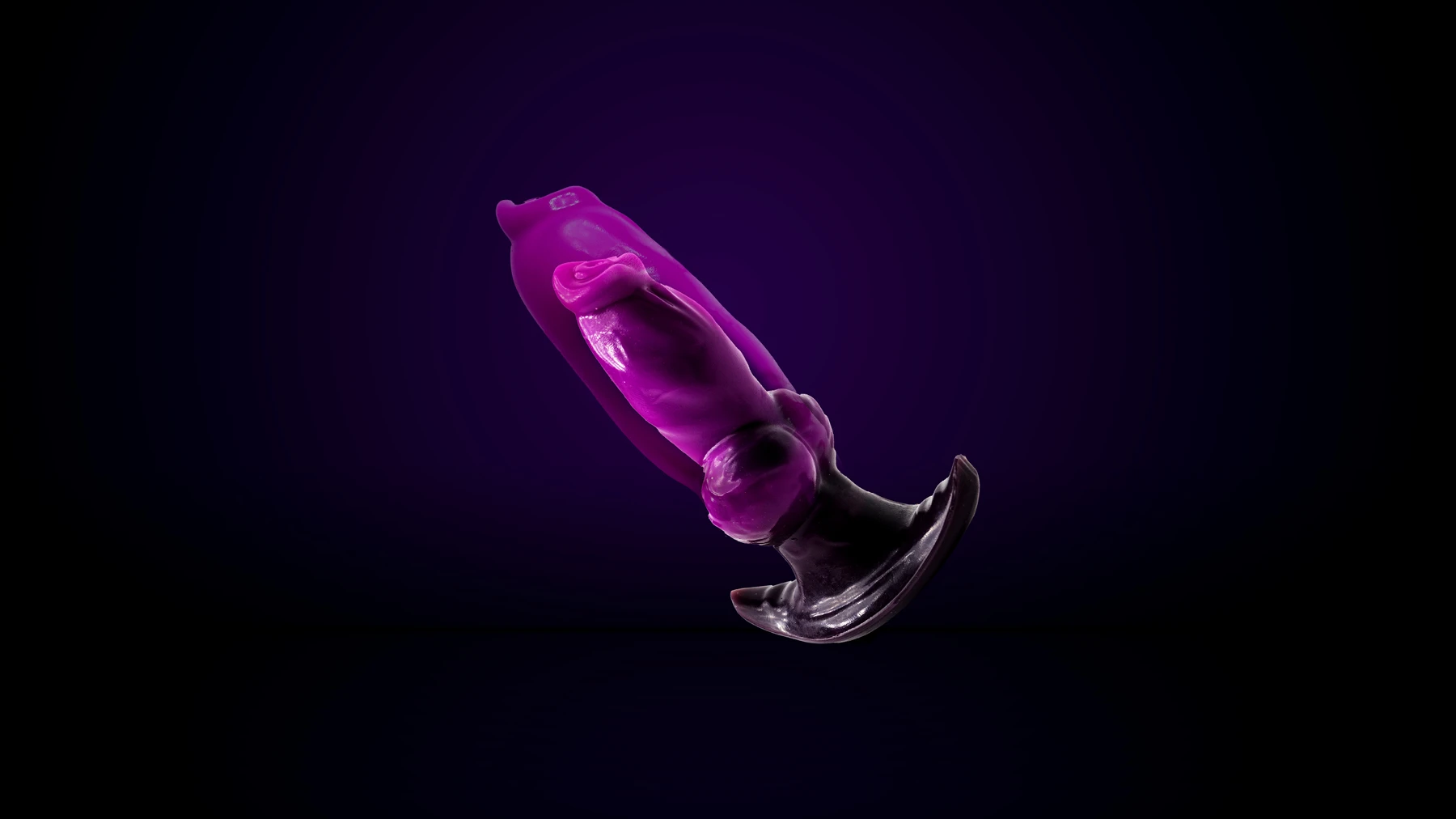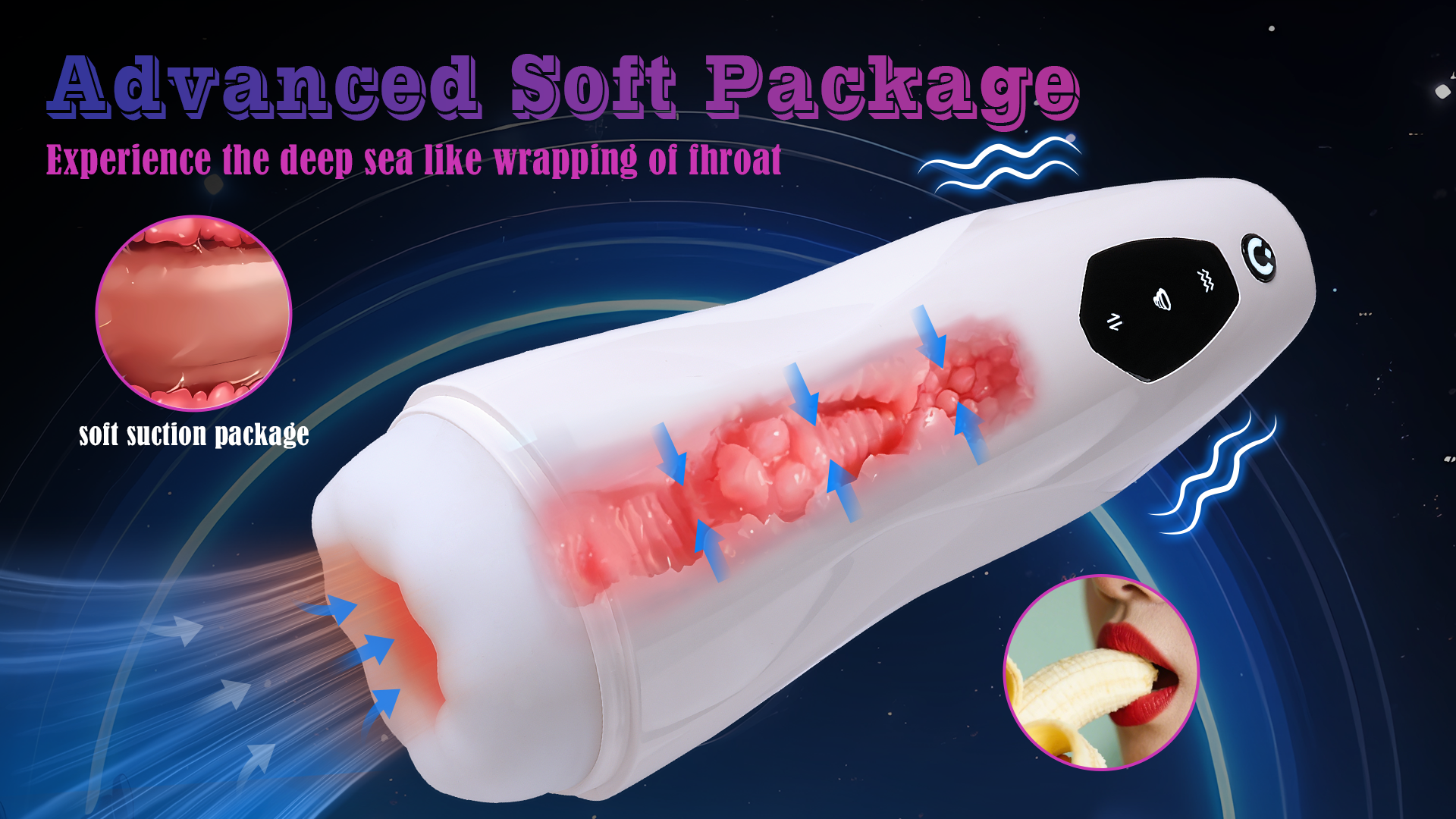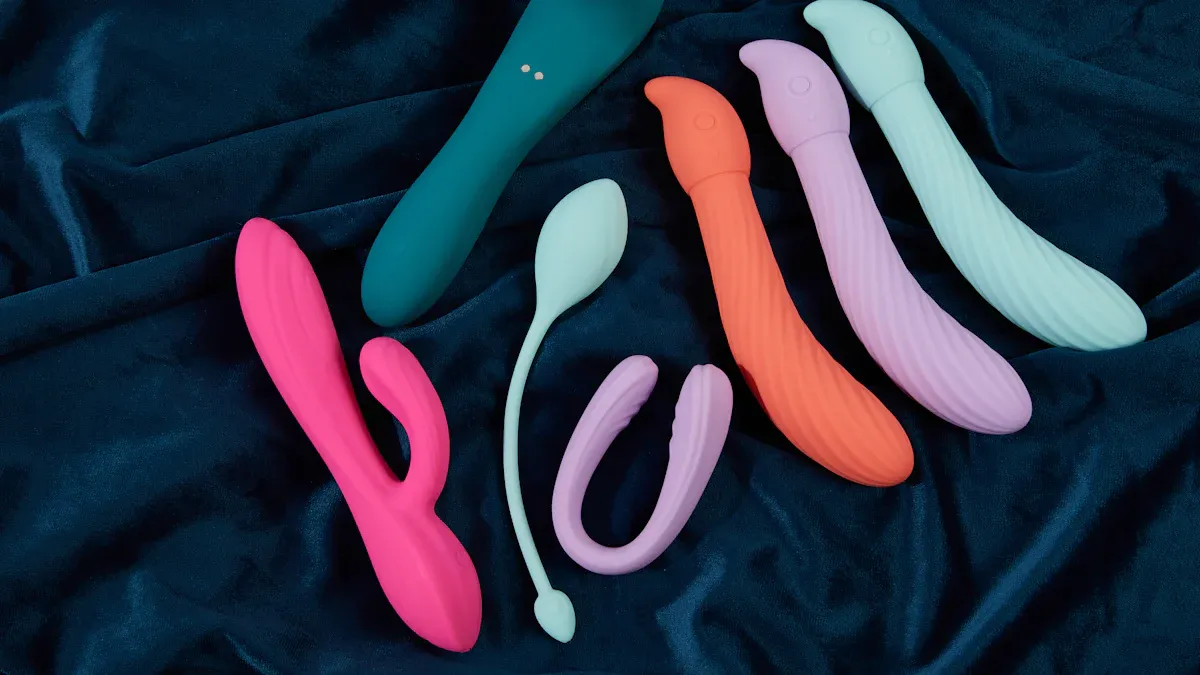A Guide to Rubber Dildos and What Sets Them Apart

You might ask what dildos are and how rubber dildos are different. Rubber dildos are made from rubber, so they bend and feel soft. They feel different from silicone or glass dildos. The material you pick changes how safe and comfy it is. Some dildos, like Tentacle Dildos and Inflatable Dildos, use rubber for cool shapes. If you see a public dildo, you may spot rubber’s special look. Many people wonder about dildos and vibrators. Dildos do not move, but vibrators shake or buzz.
Rubber Dildos Overview
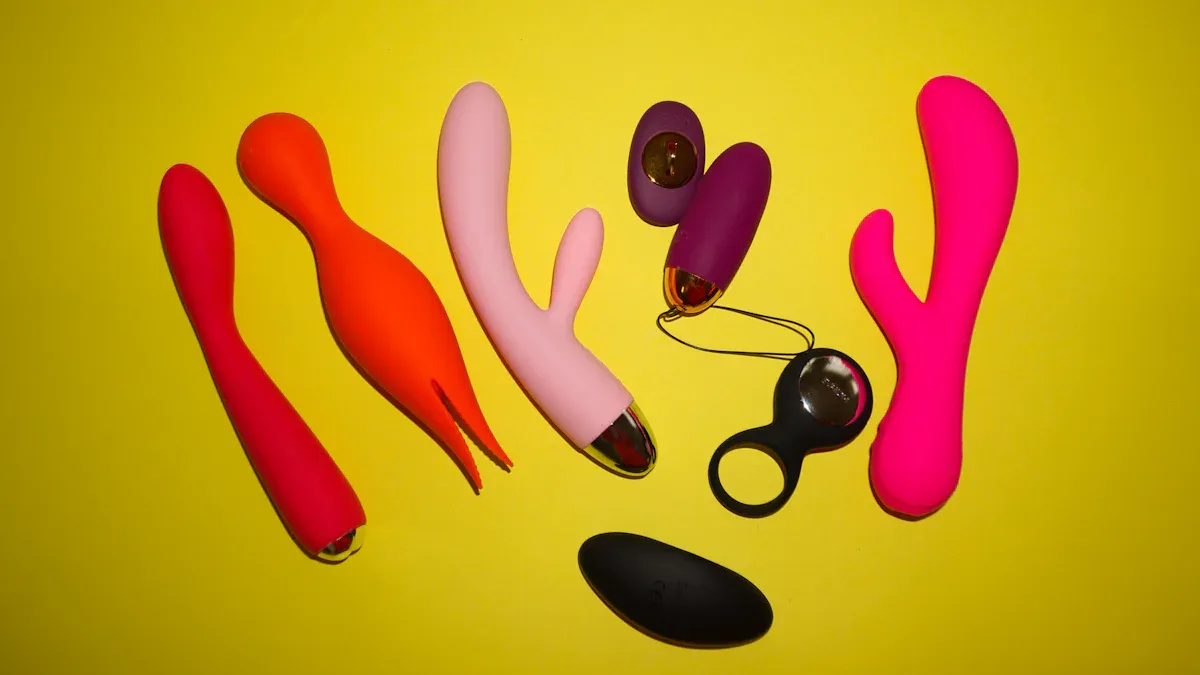
What Are Rubber Dildos?
You might wonder what dildos made from rubber are. Rubber dildos use a soft and bendy material. They move with your body and feel gentle. They are different from hard dildos like glass or metal. Rubber gives a squishy feeling that many people like. Some people think rubber is more comfy.
Rubber dildos are part of a group of sex toys. These toys can be made from many materials. You can find dildos made from silicone, glass, metal, jelly, and TPR. Rubber is one of the oldest materials used. Many people choose rubber dildos because they cost less. They also come in many shapes and sizes.
Tip: Always read the label to see what kind of rubber is used. Some rubber dildos have chemicals that are not safe for your body. Using a condom can help keep you safe from germs and chemicals.
Types and Features
There are many types of dildos. Rubber dildos have lots of features. Here are some common types and features you might find:
Realistic dildos: These look and feel like a real penis. They often have veins, bumps, and a lifelike shape.
Curved dildos: These have a bend to help reach the G-spot or prostate.
Animal-shaped dildos: Some rubber dildos look like tentacles or animals.
Vibrating and non-vibrating: Some rubber dildos can vibrate for extra feeling, but some do not.
Suction cup base: This lets you stick the dildo to a flat surface for hands-free fun.
Double-ended dildos: These let two people use the same dildo at once.
You can see the different types in the table below:
Type | Feature Example | Who Might Like It? |
|---|---|---|
Realistic | Veins, lifelike head | People who want realism |
Curved | G-spot or prostate curve | Those seeking targeted touch |
Animal/Fantasy | Tentacle, animal shapes | Fantasy lovers |
Vibrating | Built-in vibration | Extra stimulation seekers |
Suction Cup | Hands-free play | Solo users |
Double-Ended | Two usable ends | Couples |
Rubber dildos come in many colors and sizes. You can find small, thin dildos or big, thick ones. Rubber is flexible, so it can have bumps, ridges, or studs. This makes it easy to find a dildo that fits your needs.
Note: Rubber is porous. This means it can soak up germs and fluids. You should always wash your dildo before and after you use it. Using a condom gives extra safety, especially if you share your dildo.
Some studies say rubber dildos can have chemicals like phthalates. These chemicals can be bad for your health. They might change your hormones. The table below shows some important facts about rubber sex toys:
Safety Aspect | Details |
|---|---|
Emergency Room Visits | Over 6,700 adults in the US went to the ER for sex toy injuries (1995-2006). |
Chemical Hazards | Some rubber dildos have phthalates, which can be toxic. |
Microplastic Release | Rubber dildos can let out microplastics when used. |
Cleaning Difficulty | Rubber is hard to clean because it soaks things up. |
Regulatory Concerns | Many rubber dildos do not follow strict safety rules. |
You should always think about safety when picking a dildo. Silicone sex toys are usually safer and easier to clean. But rubber dildos are still popular because they are cheap and come in many styles. If you want to try a rubber dildo, use water-based lube and clean it well after each use.
Different Materials for Dildos
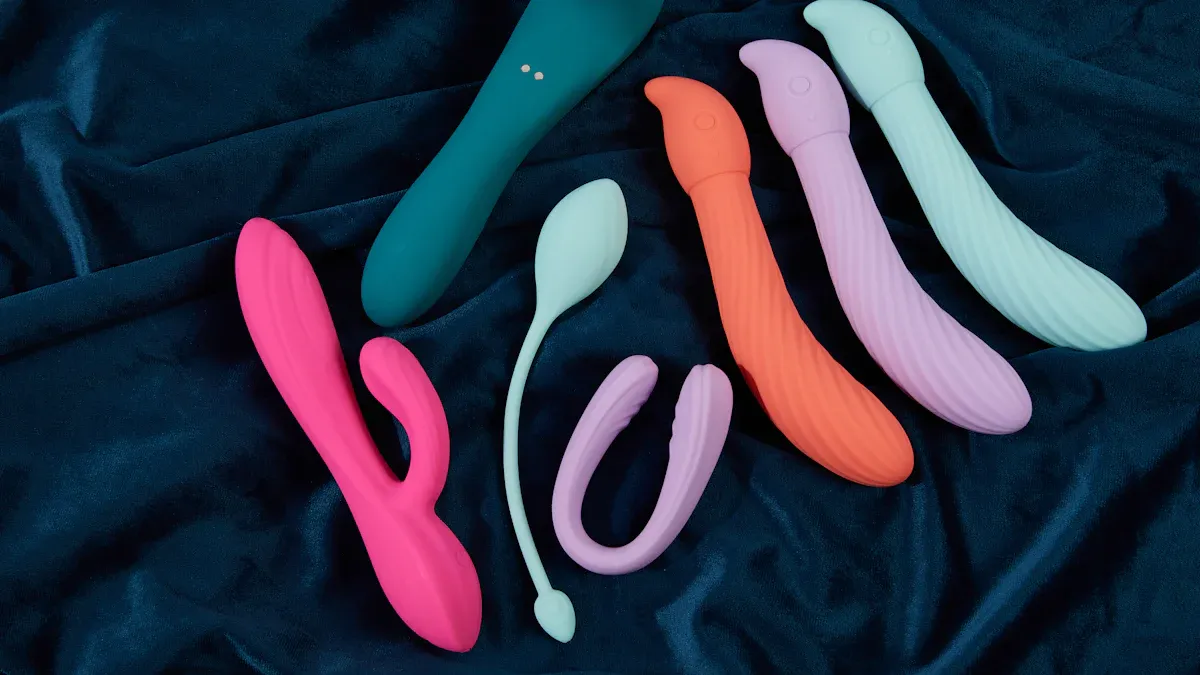
When you look at different materials for dildos, you will see many choices. Each material has its own feel, safety level, and cleaning needs. Knowing the differences helps you pick what works best for you.
Silicone
Silicone sex toys are very popular. You will find that medical grade silicone is non-porous, hypoallergenic, and easy to clean. This means you can boil them or use soap and water. Silicone sex toys do not hold germs or smells. They last a long time and feel soft but firm. Many people like the advantages of silicone toys because they are safe and realistic. You can use them with water-based lube. If you want a safe and easy-to-clean option, silicone sex toys are a top choice.
Glass
Glass dildos look smooth and shiny. They are made from special glass that is non-porous and hypoallergenic. You can sterilize them by boiling or using a toy cleaner. Glass dildos feel firm and cool at first, but you can warm them up with water. They do not bend, but they glide smoothly. Glass is very durable if you handle it with care. You do not have to worry about germs because glass is non-porous.
Metal
Metal dildos are heavy and strong. They are made from stainless steel or other body-safe metals. Metal is non-porous and hypoallergenic, so you can clean it easily. You can boil metal dildos or use a toy cleaner. Metal toys feel cool and firm, but you can warm them up. They last a long time and do not break or wear out. Metal is one of the safest sex toy materials.
Jelly and TPR
Jelly and TPR dildos feel soft and squishy. These materials are porous, so they can soak up germs and fluids. Jelly dildos often have a strong smell and may contain chemicals like phthalates. TPR is a bit safer and is usually phthalate-free, but it is still porous. You should always use a condom with jelly or TPR dildos. Cleaning them is hard because you cannot boil them. They do not last as long as non-porous toys.
Here is a table to help you compare the main sex toy materials:
Material | Non-Porous | Hypoallergenic | Durability | Cleaning | Texture/Feel |
|---|---|---|---|---|---|
Silicone | Yes | Yes | Very durable | Easy to sterilize | Soft, lifelike |
Glass | Yes | Yes | Durable | Easy to sterilize | Firm, smooth |
Metal | Yes | Yes | Very durable | Easy to sterilize | Heavy, cool, firm |
Jelly/TPR | No | Sometimes | Less durable | Hard to clean | Soft, squishy |
Rubber | No | Sometimes | Less durable | Hard to clean | Soft, flexible |
Tip: Non-porous dildos are safer and easier to clean. If you want the best safety, choose silicone, glass, or metal.
Sex Toy Materials & Safety
Porosity and Hygiene
When you choose sex toy materials, you need to think about porosity. Porous toys, like those made from rubber or jelly, have tiny holes that can trap bacteria and germs. Even after washing, these germs can stay inside the toy. Non-porous toys, such as those made from medical-grade silicone, glass, or stainless steel, do not have these holes. You can clean non-porous toys much more easily and thoroughly. Experts recommend using a condom on porous toys to lower your risk of infection.
Material Type | Porosity | Hygiene Risk |
|---|---|---|
Rubber/Jelly | Porous | Higher |
Silicone/Glass | Non-porous | Lower |
Tip: Always check if your toy is non-porous. This helps you keep things cleaner and safer.
Cleaning and Storage
You should always clean rubber dildos before and after each use. Use mild soap and warm water, but avoid harsh antibacterial soaps. These can cause skin problems. Because rubber is porous, bacteria can hide in the small holes, so wash carefully. Store your toys in a cloth pouch that lets air flow. Avoid plastic containers, which can trap moisture and cause mildew. Never share toys without cleaning them first. Sharing without cleaning can spread infections like UTIs or yeast infections. Many people forget to clean their toys, but regular cleaning keeps you safe.
Chemical Concerns
Some rubber sex toy materials may contain chemicals like phthalates. These chemicals can be harmful and are not always labeled. Phthalates can cause health problems in high doses, and some countries have banned them in children’s toys. The sex toy market does not have strict rules, so you need to be careful. Look for toys labeled as non-toxic and hypoallergenic. TPE toys are a safer choice because they are non-toxic and do not contain phthalates. They also go through safety testing to make sure they are safe for your body. Non-porous and non-toxic toys cost more, but they give you better safety and peace of mind.
Pros and Cons
Affordability
Rubber dildos usually cost less than other types. Rubber is cheap and easy to shape. This helps keep prices low for buyers. More people can buy rubber dildos because they are not expensive. Companies use rubber to save money when making toys. You can still find many shapes and sizes for a low price. People often pick rubber dildos to try something new without spending much.
Here is a table comparing the market position and cost-effectiveness of common dildo materials:
Material | Market Position | Key Economic Insights |
|---|---|---|
Rubber | Leads revenue | Affordable, versatile, cost-effective, accessible to many |
Silicone | High revenue | Higher priced, hypoallergenic, durable, easy to clean |
Plastic | Low cost | Keeps manufacturing expenses low |
Tip: If you want to try different dildos without spending a lot, rubber is a good pick.
Texture and Feel
Rubber dildos are soft and bendy. You can move them, and they flex with your body. Some people like how squishy rubber feels. Others want a firmer toy. Rubber does not feel like real skin as much as TPE. TPE feels more like skin and is softer. Silicone toys also feel smooth and safe for your body. If you want a toy that feels real, you may like TPE or silicone more. Still, many people enjoy rubber dildos for their comfort and flexibility.
Rubber: Soft, flexible, and squishy
TPE: Skin-like, realistic, and soft
Silicone: Smooth, firm, and body-safe
Note: The best dildo material depends on what texture and feel you like.
Durability
Rubber dildos do not last as long as TPE or silicone toys. Over time, rubber can break, lose shape, or get sticky. If you use your dildo a lot, it may wear out faster. TPE and silicone dildos keep their shape longer. Rubber can soak up fluids because it is porous. This can make it wear out sooner. If you want a toy that lasts for years, you might want another material.
Here is a quick comparison:
Aspect | Rubber Dildos | TPE Dildos |
|---|---|---|
Durability | Less durable | High durability |
Texture | Less skin-like | Mimics human touch |
Safety | May contain phthalates | Hypoallergenic, safer |
Remember: Always check your dildo for damage and get a new one if it breaks.
When you pick dildos, there are lots to choose from. Dildos and vibrators are not the same. Dildos do not move by themselves. Rubber dildos are soft and bendy. They are also porous, so cleaning is harder. Silicone, glass, and metal dildos are safer. These are nonporous and simple to clean.
Material | Porosity | Cleaning Difficulty | Safety Level |
|---|---|---|---|
Rubber | Porous | Hard | Needs condoms |
Silicone | Nonporous | Easy | High |
Glass | Nonporous | Easy | High |
Metal | Nonporous | Easy | High |
Pick what feels good for you and wash your toys. You make smart choices when you know the facts and care about your health.

